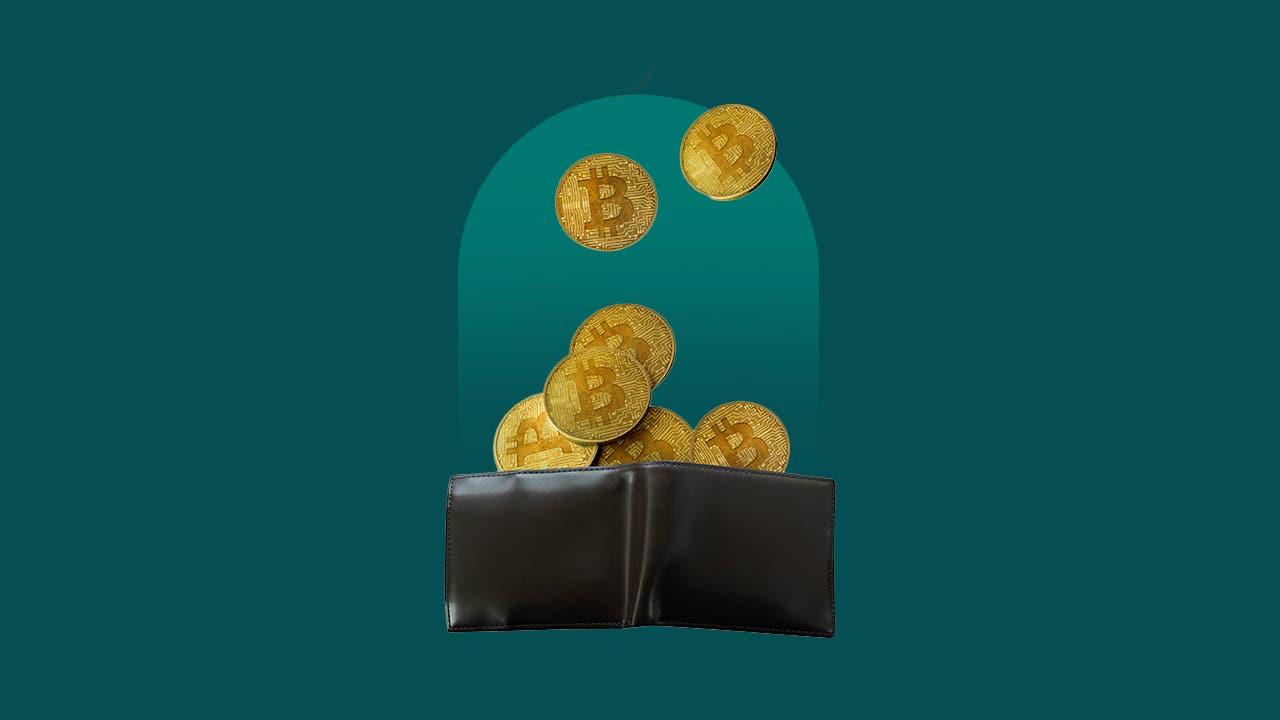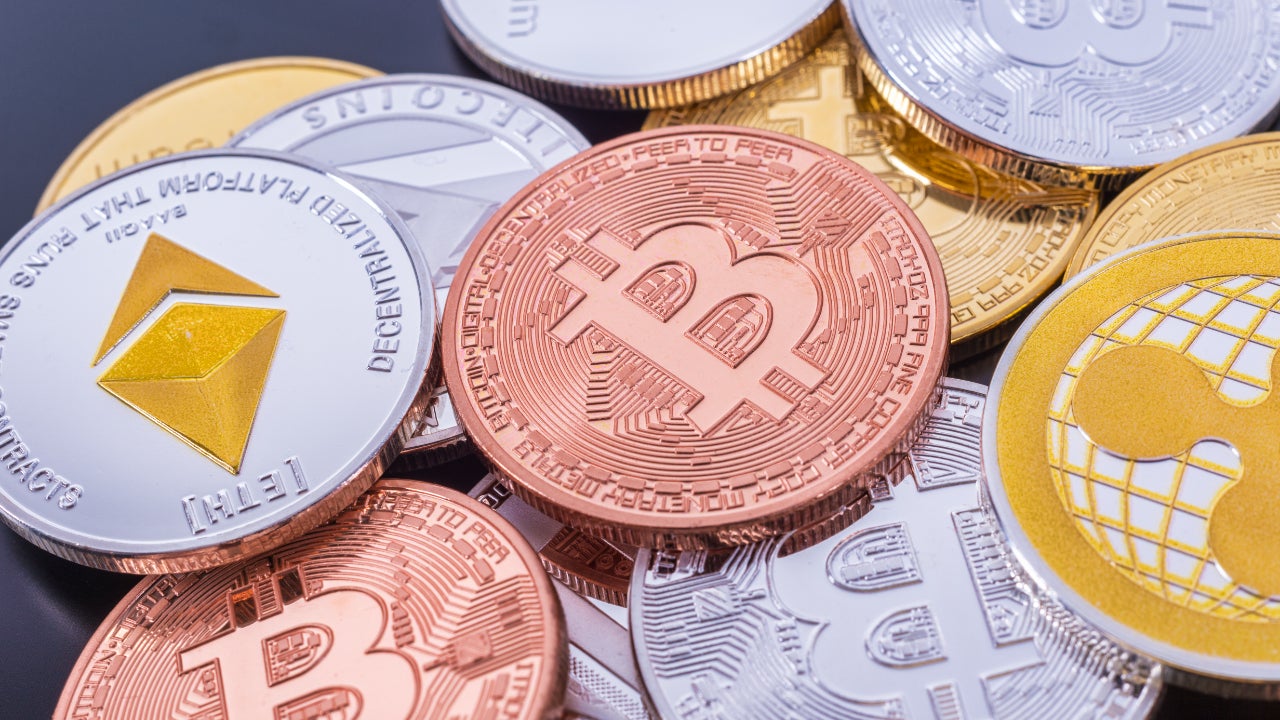What is DeFi? A beginner’s guide to decentralized finance

DeFi — short for decentralized finance — is a new vision of banking and financial services that is based on peer-to-peer payments through blockchain technology. Via blockchain, DeFi allows “trust-less” banking, sidestepping traditional financial middlemen such as banks or brokers.
What’s in it for investors? DeFi promises to allow investors to “become the bank” by giving them opportunities to lend money peer-to-peer and earn higher yields than those available in traditional bank accounts. Investors can also send money quickly anywhere around the world, and they can access their funds via digital wallets without paying traditional banking fees.
Here’s how DeFi operates, how it can benefit individuals, how it challenges traditional banking and the risks it presents.
How DeFi works
The goal of DeFi is to provide many of the financial services that customers and businesses currently enjoy — loans, interest on deposits, payments — but to use decentralized technology to do so. In effect, DeFi changes the industry not so much by changing the what but rather the how. That is, DeFi creates new infrastructure to deliver similar financial products and services.
To do so, it uses blockchain technology and smart contracts, among other tools. Blockchain is a kind of ledger technology that tracks all transactions on a given financial platform. Think of it as a running record of all transactions on that specific blockchain, chronologically recorded. If Person A pays money to Person B, that would be timestamped permanently in the ledger.
“The building blocks of DeFi are smart contracts, which are executable codes that can store cryptocurrencies and interact with the blockchain according to its rules,” says Oleksandr Lutskevych, CEO and founder of CEX.IO, a firm that facilitates DeFi and cryptocurrency.
To enable DeFi, smart contracts automatically execute transactions among participants. When the contract’s conditions are fulfilled, they self-execute their set of instructions.
“DeFi allows for smart contracts on the blockchain to take the place of trusted intermediaries — such as banks or brokerage firms — for peer-to-peer transactions,” says David Malka, CEO and founder of Truffle.vc, which invests in disruptive technologies like artificial intelligence and Web3. “These peer-to-peer transactions in DeFi can include everything from payments, investments, lending and more.”
In this world, cryptocurrency becomes the de facto currency for transactions and records.
“DeFi is the natural continuation of the vision outlined in the Bitcoin white paper of creating electronic cash, so it is a very exciting time in the industry,” Malka says.
Key benefits of DeFi
For individuals, the benefits of DeFi include potentially greater security, potentially lower costs, greater types of services and the ability to earn higher income through their crypto holdings. In addition, security measures like on-chain data allow for verifying and recording transactions on the blockchain. These benefits and others are enabled through decentralized apps created by various groups.
“Decentralized applications, or dApps, allow people to transfer capital anywhere in the world (with fast settlement and at a low cost), peer-to-peer borrowing and lending, crypto exchange services, NFTs, and more services like crypto wallet and storage solutions,” Lutskevych says.
“DApps are preprogrammed by developers and depending on their purpose they can execute transactions on a specific blockchain network, settle agreements between buyer and seller, or move assets from a decentralized exchange to a decentralized lending platform,” he says.
In short, the only limit is the ability to code an app that executes your instructions.
One currently popular benefit for cryptocurrency investors is the ability to generate income. Crypto staking, for example, allows owners of a coin to help support that coin’s ecosystem and earn income by helping to validate transactions. It’s part of what’s called yield farming.
“Anyone can provide crypto assets as liquidity or loans through what’s called yield farming that pays the depositor with interest and fees,” says Truffle.vc’s Malka. “Yield farming is how you put your crypto to work in order to earn passive income.”
To provide their services, many dApps need liquid cryptocurrency available on the app. So they offer to pay income, a yield, in exchange for investors putting up their coins for some period. In effect, they provide an income for those who supply liquidity — similar to interest paid on deposits at traditional banks, but riskier (as discussed below).
Depending on the type of dApp, cryptocurrency owners can farm yield through various services such as:
- Providing liquidity in a coin exchange
- Lending peer-to-peer to a borrower through a smart contract
- Borrowing against holdings and farming those borrowed coins
- Staking in a proof-of-stake coin such as Ethereum
So these methods of generating yield provide another source of profits for investors, though you’ll owe taxes on crypto profits just as you would traditional sources of income.
“Even the lowest-risk yield farms can easily return interest rates several times those of savings accounts at banks,” Malka says. “This is particularly important during bear markets — where the price of cryptocurrencies like Bitcoin or Ethereum are trending downwards.”
Risks of DeFi for investors
Though DeFi sounds like a brave new world for finance, DeFi does present various drawbacks and risks to would-be participants:
- Complexity: Participating in DeFi isn’t as simple as going down to a local bank. “DeFi can be a challenge for beginners to navigate because of the massive amount of DeFi applications and investment opportunities out there,” Malka says. “Even the onboarding process can be confusing for some people because you need to move money from an exchange like Coinbase into a noncustodial wallet, such as through MetaMask, to begin accessing the world of DeFi.”
- Outright scams: Plenty of fraudsters are looking to snare new crypto investors enticed by yields that may drastically outpace those on offer at traditional financial institutions. A high yield may well be too good to be true.
- Theft: Beyond the outright scams, it’s possible that crypto coins may be stolen via exploits, especially given the vulnerabilities of coding in some dApps. “In these exploits, funds can be lost, and then it comes down to the core team behind the DeFi project to decide how, if at all, to compensate the participants,” says CEX.IO’s Lutskevych.
- Cost: Interacting with smart contracts requires what’s called a gas fee, like a token to make a machine run. Multiple steps along the way could easily run up costs, and that could prove especially costly for those with modest bankrolls.
- Volatility: Though yield farming can help mitigate your downside in the volatile world of cryptocurrency, you’ll still have to endure stunning fluctuations to earn what could be modest yields. In a day, cryptocurrency could easily lose a year’s yield and more.
- Fluctuating yields: On top of fluctuating cryptocurrencies, DeFi participants have to deal with fluctuating yields. Yields can fall as more supply supports a given app.
- Dying projects: A given dApp may ultimately be left to die on the vine, as the core team developing it pursues other projects. “If, one day, they decide to quit, the logic of the protocol will execute as is, but no further upgrades will take place,” Lutskevych says.
Those are a few of the biggest risks in DeFi and ones that investors thinking of participating need to understand before they fully commit. Although you must consider the potential fees, recent innovations such as Layer-2 solutions have helped reduce costs.
How does DeFi challenge traditional banking?
One of the biggest claims of DeFi proponents is that this new financial technology will disrupt traditional banking. In the extreme case, they say DeFi would totally disintermediate — wipe out the middleman — in financial transactions, to be replaced by decentralized networks of peers.
But if DeFi is so powerful, why wouldn’t banks simply co-opt the technology and offer it?
“We are definitely seeing traditional financial institutions increasingly leverage blockchain and distributed ledger technology,” says Malka of Truffle.vc. “You’ll see this really accelerate in the coming years as these traditional institutions all recognize the inherent security of being on the blockchain.”
Malka expects that banks will create various DeFi products “to stay competitive and relevant.”
“You can easily imagine a scenario where a traditional bank creates yield-farming opportunities for their clients to participate in,” he says.
But such a change would be easier on paper than in practice due to the regulatory burden, says CEX.IO’s Lutskevych, creating complications for traditional businesses that even want to do so.
“Integrating blockchain technology would require revision of many well-established processes while opening them up to additional risks,” he says. “More so, subject to regulation, these institutions would need approvals for these activities from regulators.”
Bottom line
Those who are looking to get started in DeFi, beyond the basics of cryptocurrency trading, should proceed carefully and be sure that they work with a reliable counterparty. Though the yields offered by DeFi are enticing, don’t let the potential return blind you to the other risks. A downdraft in cryptocurrency markets could quickly wipe out any small gains from yield farming, and outright scams or theft could wipe out your crypto wealth even faster.
— Bob Haegele contributed to an update of this story.







